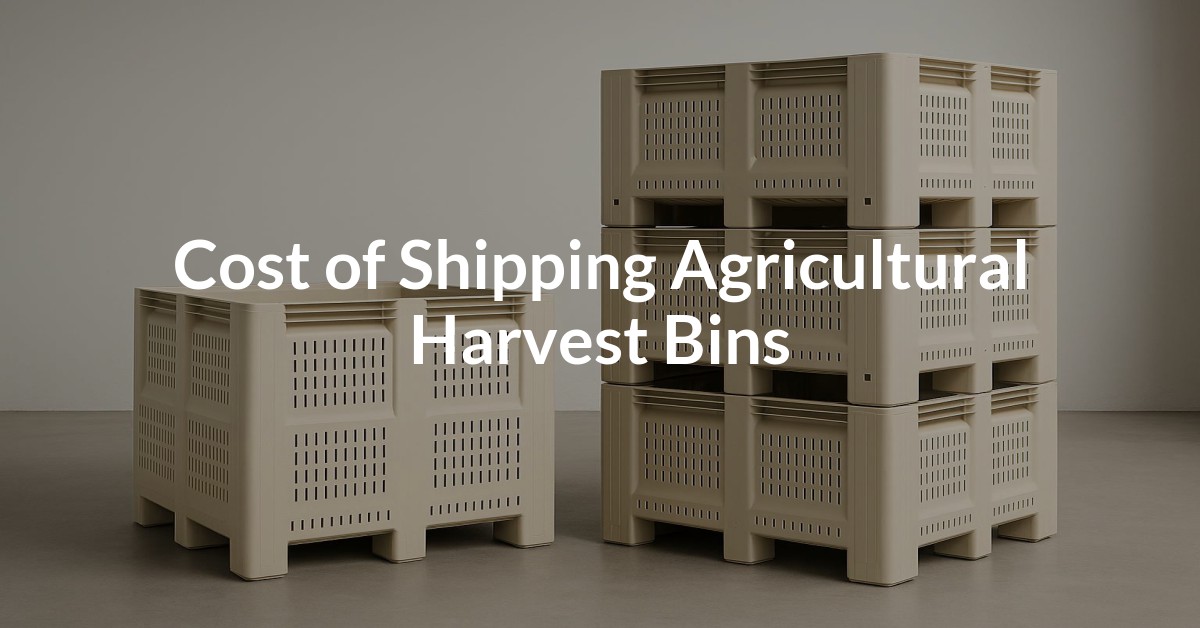Shipping agricultural harvest bins efficiently is crucial for farm operations across North America. These bins, essential for storing and transporting various crops, require special attention to ensure they arrive in optimal condition. By understanding the logistics behind their transportation, farmers can minimize costs and maximize efficiency.
Transport Options for Harvest Bins
At FreightSidekick, we offer various freight services to suit different shipping needs. The choice between Full Truckload (FTL), Less Than Truckload (LTL), and Partial Truckload depends on the volume and urgency of the shipment.
- FTL: Best for large shipments requiring dedicated capacity. Available options include Dry Van, Refrigerated, Flatbed, and more.
- LTL: Suitable for smaller shipments, reducing costs by sharing space with other cargo. Ideal for palletized or crated farm bins.
- Partial Truckload: An efficient option if the shipment is too large for LTL but doesn't require a full truck.
Key Considerations for Shipping Harvest Bins
Understanding the key aspects of shipping harvest bins can help streamline the process and reduce associated costs. Consider the following elements when planning your shipment:
- Dimensions and Weight: Accurate measurements are vital for choosing the right equipment and avoiding extra charges.
- Equipment Needs: Based on the load, select from options like dry vans, flatbeds, or refrigerated trucks.
- Shipping Routes: Opt for direct routes and leverage off-peak times to save on transit time and costs.
Loading and Unloading Procedures
Proper handling of harvest bins during loading and unloading is essential to preserve the integrity of the bins and their contents. Adhere to safety protocols to minimize damage and ensure efficient operations.
- Ensure all equipment is in proper working order.
- Use appropriate lifting gear and secure bins during transit.
- Train staff on safety guidelines and emergency protocols.
Understanding the Importance of the Bill of Lading
A Bill of Lading (BOL) is a vital document in freight shipping, acting as a receipt and a contract between the shipper and carrier. It outlines the details of the shipment, thus ensuring legal compliance and guiding the handling of the cargo. Easily create a valid document using our Bill of Lading Generator.
Cost-Saving Strategies
Reducing freight costs without compromising service quality is achievable by implementing strategic practices.
- Optimize packaging to maximize space.
- Schedule shipments during non-peak times to leverage lower rates.
- Consolidate shipments to benefit from volume discounts.
Get Personalized Assistance for Shipping Agricultural Harvest Bins
Our team is ready to assist you with all your agricultural shipping needs. Get a quote today, call us at 877-345-3838 or email support@freightsidekick.com.











